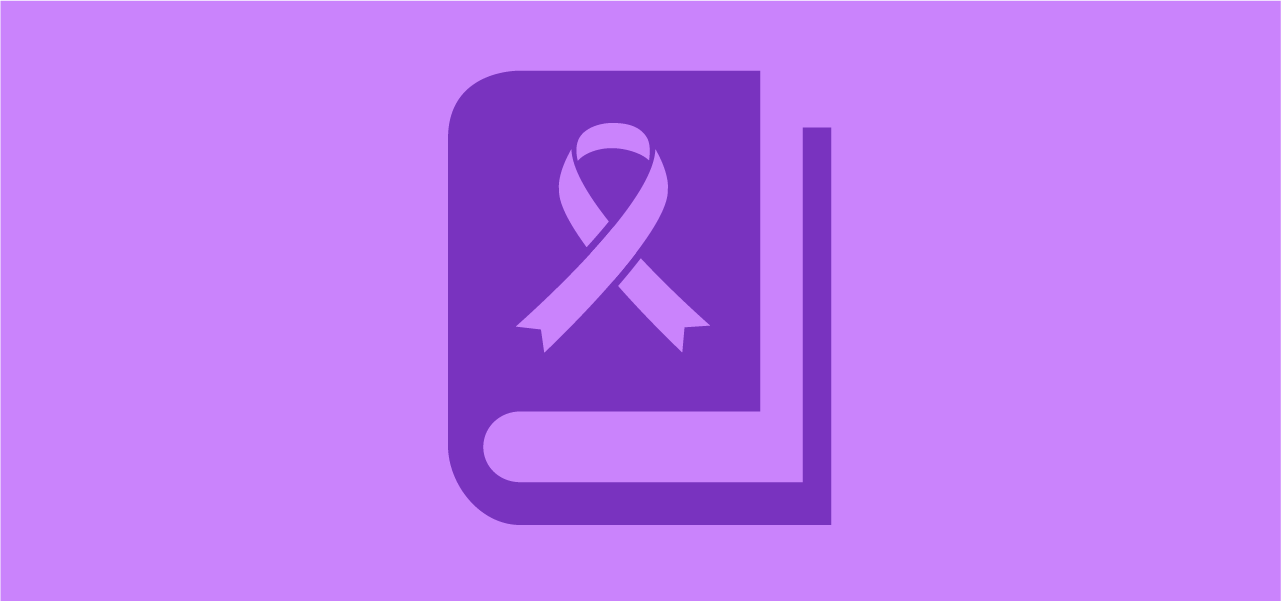
Cancer and social pain in Kenya: Perspectives of patients, survivors and care-givers
Lilian N. Nyandieka (KEMRI); Maureen Mackintosh (Open University ); Charlotte Cross (Open University); Sharon Mokua (KEMRI); Cecilia Wanjala (KEMRI); Richard Mutisya (KEMRI); Vera Manduku (KEMRI); and Mercy Njeru (KEMRI).
Presentation given at Kenya Medical Research Institute (KEMRI) Annual Science and Health (KASH) Conference, 8th - 10th June 2021.
Background: A cancer diagnosis along with the subsequent management rigor, causes great strain financially, emotionally and socially among the patients, survivors and the caregivers. Social pain is a painful feeling following social conflicts or lack of understanding about illness status which consequently leads to social rejection or loss. It is a multifaceted phenomenon which incorporates various kinds of distressing social experiences including non-acceptance, misunderstanding, disbelief, rejection, stigmatization, and separation. This pain is poorly discerned clinically and may impact patient care and Quality of Life. This paper aims to document the extent of social pain as described by cancer patients, survivors and caregivers from three treatment sites of Nairobi, Meru and Mombasa Counties.
Methodology: The study employed a convergent mixed method design in three counties utilizing data from four focus group discussions with cancer survivors, a survey of 405 patients and 22 in-depth interviews with caregivers, health workers and policy makers. Thematic analysis was applied for the qualitative data while descriptive analysis was conducted using Stata software for the quantitative study.
Results: Majority (91.6%) of the patients revealed that they had received some form of support during their time of illness. Support received was financial (88.1%), emotional (38.1%) while (32.4%) received psychological support. Others received social support (22.7%), spiritual (18.9%) and other support (12.7%) such as accommodation and physical support. Higher proportions of the patients indicated that they got the support from immediate family (97.8%), extended family (65.9%), friends (54.6%) and faith groups (32.2%). Experiences of psychological and emotional pain were described by the study participants. The participants expressed lived fear of impending death as others contemplated ending their lives. The pain of patients watching their families struggle to support them; being stigmatized and others being abandoned by kin was too much to bear for the participants. The caregivers watching their loved ones struggle in pain was too much to bear.
Conclusion: From the study findings, it is evident that more attention was paid to financial support rather than psychological and social support. With most participants found struggling with psychological, emotional and social pain arising from their experiences, the participants would benefit from psychosocial interventions during and after treatment. The health system could do well to introduce such support within the system and increase awareness among health providers to enhance early discussions of early mapping of the patient care team, to understand the vulnerabilities and the potential risk to increased social pain. Communities could also be educated on the need to support the cancer patients and their families in order to have positive treatment outcomes.



